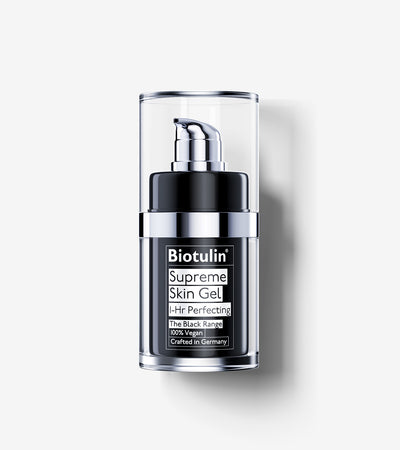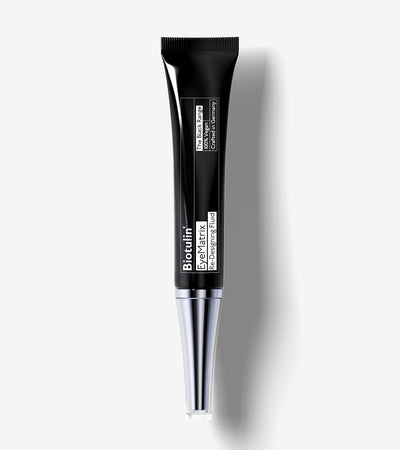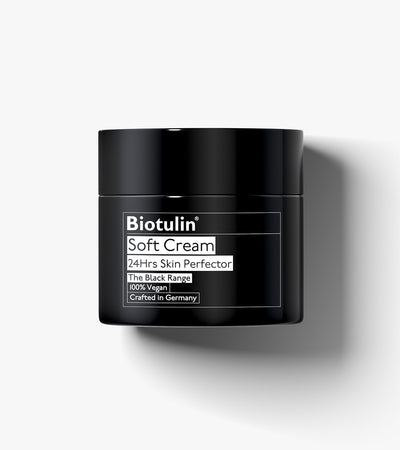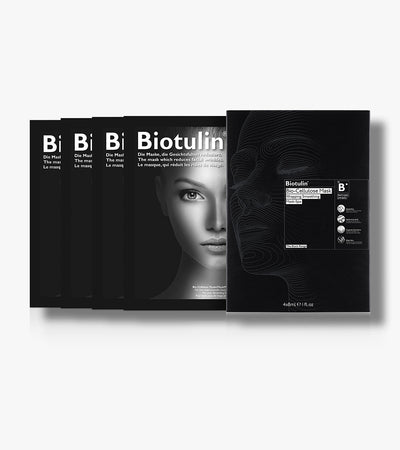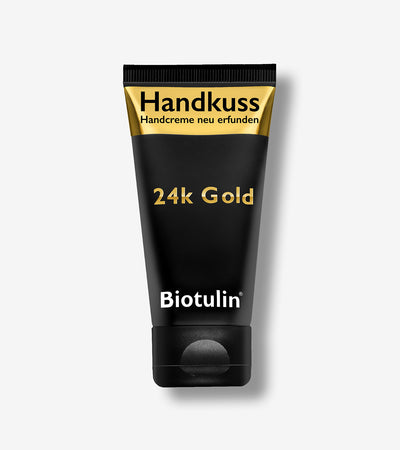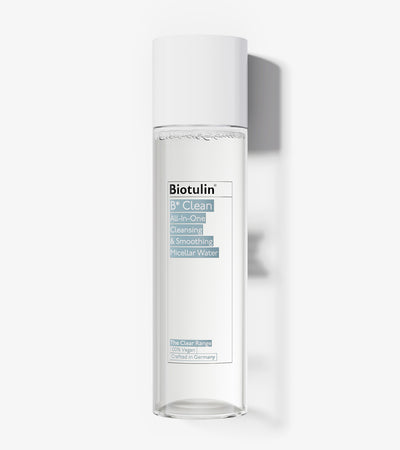Overview/Definition
Ethylhexylglycerin is a synthetic compound derived from glycerin, commonly used in the cosmetic and personal care industry. It is produced through the reaction of glycerin with ethylhexyl groups, resulting in a colorless, odorless liquid. This ingredient serves multiple functions in skincare formulations, primarily as a preservative enhancer, emollient, and surfactant. Its versatility and efficacy have made it a popular choice among formulators seeking to improve product performance and shelf life.
Function in Skincare
- Preservative Enhancer: Ethylhexylglycerin boosts the effectiveness of preservatives like phenoxyethanol, allowing for lower concentrations while maintaining antimicrobial efficacy. This synergistic effect helps protect products from microbial contamination and spoilage.
- Emollient: It acts as a skin-conditioning agent, providing a soft and smooth appearance by forming a protective barrier that reduces moisture loss.
- Surfactant: Ethylhexylglycerin improves the spreadability and texture of formulations, enhancing the overall sensory experience of the product.
Skin Type Suitability
- All Skin Types: Generally considered safe and effective for oily, dry, combination, and sensitive skin.
- Specific Concerns: While not directly targeting issues like acne or aging, its preservative-enhancing properties help maintain product integrity, indirectly supporting overall skin health.
Benefits
- Enhanced Preservation: By boosting preservative efficacy, ethylhexylglycerin helps maintain product safety and extends shelf life.
- Improved Skin Feel: As an emollient, it imparts a pleasant, non-greasy feel to the skin, enhancing user experience.
- Deodorizing Properties: It inhibits the growth of odor-causing bacteria, making it a valuable component in deodorant formulations.
Studies have demonstrated that ethylhexylglycerin impairs bacterial cell membrane integrity, enhancing the antimicrobial activity of other preservatives.
Potential Side Effects or Risks
- Skin Sensitization: Although rare, some individuals may experience allergic reactions or contact dermatitis.
- Eye Irritation: In animal studies, ethylhexylglycerin has been associated with severe eye irritation.
It is advisable to perform a patch test when using a new product containing ethylhexylglycerin, especially for those with sensitive skin.
Usage in Skincare Products
- Common Products: Found in a variety of products, including moisturizers, serums, cleansers, deodorants, and sunscreens.
- Concentration Levels: Typically used in concentrations ranging from 0.3% to 1.0%, depending on the formulation requirements.
How It’s Used
- Incorporation: Added during the formulation process to enhance preservative systems and improve product texture.
- Frequency of Use: Products containing ethylhexylglycerin can be used as directed, with no special frequency considerations.
- Complementary Ingredients: Often combined with other preservatives like phenoxyethanol to achieve broad-spectrum antimicrobial protection.
Scientific Studies/Research
Research indicates that ethylhexylglycerin enhances the bactericidal effect of preservatives such as phenoxyethanol by disrupting bacterial cell membranes, leading to rapid microbial death.
Other Names/Synonyms
- Octoxyglycerin
- 3-[(2-Ethylhexyl)oxy]-1,2-propanediol
Sustainability/Environmental Impact
- Sourcing: As a synthetic compound, ethylhexylglycerin is not derived from natural sources, reducing the impact on natural ecosystems.
- Environmental Considerations: While generally considered safe for use, some studies have noted potential aquatic toxicity, suggesting the need for responsible manufacturing and disposal practices.
Fun Facts
Ethylhexylglycerin is often used as an alternative to parabens in cosmetic formulations, aligning with consumer preferences for paraben-free products.
Sources/References
- Top 10 Things to Know About Ethylhexylglycerin in Cosmetics
- Final Safety Assessment on the Safety Assessment of Alkyl Glyceryl Ethers
- Ethylhexylglycerin: a low-risk, but highly relevant, sensitizer in 'hypo-allergenic' cosmetics
- Ethylhexylglycerin Impairs Membrane Integrity and Enhances the Antimicrobial Efficacy of 2-Phenoxyethanol
- ETHYLHEXYLGLYCERIN | Substance - Environmental Working Group


